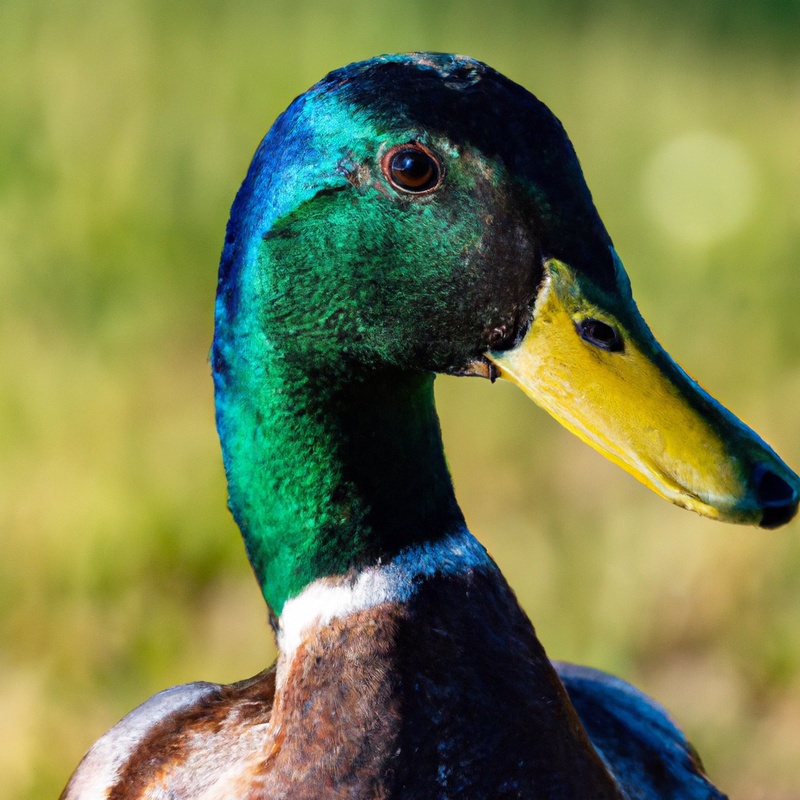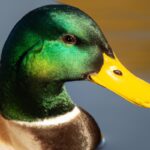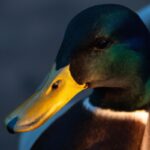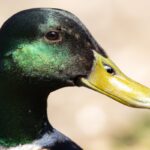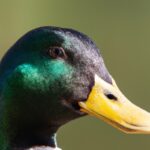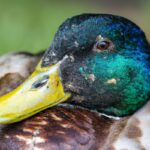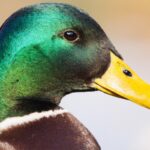Key Takeaways:
- Hunting mallard is a popular activity in Connecticut.
- Mallards can be found in various habitats across the state.
- Hunting regulations play a crucial role in maintaining sustainable mallard populations.
- Hunters in Connecticut have access to a range of resources and guides to ensure a successful hunting experience.
Are you ready to experience the thrill of hunting mallard in the scenic state of Connecticut?
Look no further! As an avid waterfowl hunter, I can confidently guide you through the ins and outs of mallard hunting in this beautiful region.
In this blog article, I’ll share valuable information on important regulations, licensing and permits, as well as gear and equipment requirements.
We’ll explore the best places to hunt mallard, including wetlands, rivers, streams, and lakes.
I’ll also reveal tips and techniques for a successful hunt, along with essential safety considerations.
So, grab your gear and let’s embark on an unforgettable mallard hunting adventure in Connecticut!
Aspect | Details |
Mallard Season | October 12th – January 11th |
Bag Limit | 2 per day |
Hunting Zones | Zone 1, Zone 2, Zone 3 |
License Requirement | Hunting License (State), Federal Duck Stamp, HIP (Harvest Information Program) Permit |
Legal Shooting Hours | 30 minutes before sunrise to sunset |
Mandatory Non-toxic Shot | Required for hunting waterfowl |
Youth Hunting Days | Designated weekends in September |
Mallard Hunting Regulations in Connecticut
Hunting Seasons and Bag Limits
When planning to hunt Mallard in Connecticut, it is important to be aware of the hunting seasons and bag limits set by the state.
The hunting season for Mallard in Connecticut generally begins in early October and extends until late January.
It is crucial to check the current regulations each year, as they may vary.
As for bag limits, hunters are typically allowed a daily bag limit of 2 Mallard ducks.
However, it is always wise to consult the specific regulations and guidelines provided by the Connecticut Department of Energy and Environmental Protection (DEEP) for the most accurate and up-to-date information.

Licensing and Permit Requirements
To hunt mallard in Connecticut, you must obtain the necessary licenses and permits. You will need a Connecticut small game hunting license, which can be purchased online or at authorized vendors.
Additionally, hunters age 16 and older must have a Connecticut Migratory Bird Harvest Information Program (HIP) permit.
This permit is free and can be obtained online or by contacting the Connecticut Department of Energy and Environmental Protection (DEEP). It’s important to have these licenses and permits in order to comply with state regulations and ensure responsible hunting.
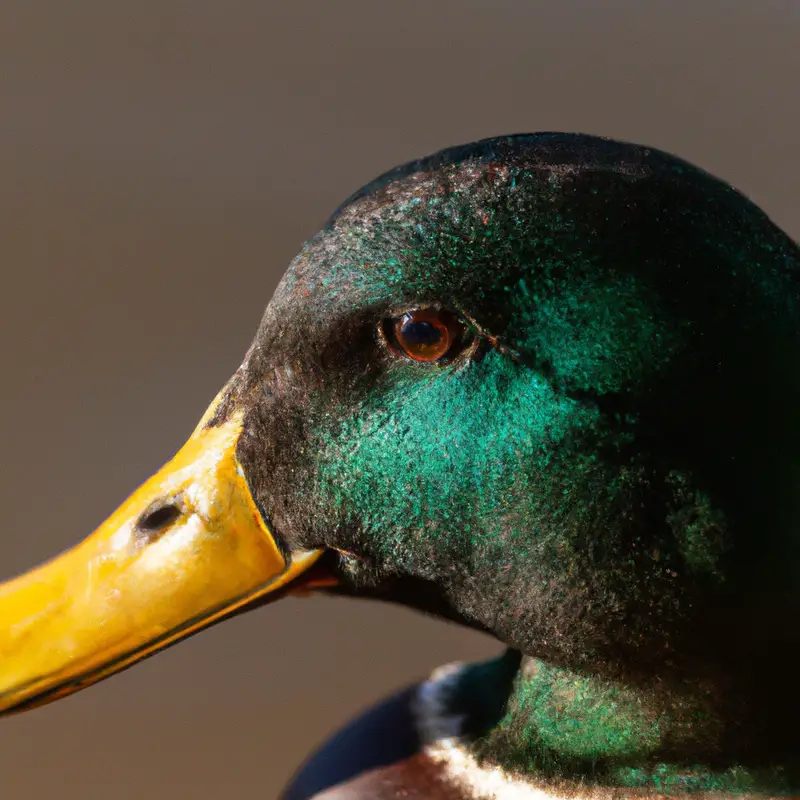
Gear and Equipment Regulations
Gear and Equipment Regulations for hunting Mallards in Connecticut are important to ensure safety and fair play.
Here’s what you need to know:
- Shotguns: Only 10-gauge or smaller shotguns are allowed for Mallard hunting.
- Ammunition: Non-toxic shot, such as steel or bismuth, must be used. Lead shot is prohibited.
- Decoys: You can use up to 12 Mallard decoys while hunting. They must be strategically placed and capable of being seen by approaching birds.
- Blinds: Temporary or portable blinds are allowed, as well as natural cover. However, it is important to ensure that your blind does not obstruct the view of other hunters or create safety hazards.
- Hunting Dogs: Well-trained hunting dogs are allowed, but they must wear a visible orange collar for safety.
- Bag Limit: The bag limit for Mallards is four per day, with a possession limit of eight.
Keep these regulations in mind when preparing for your Mallard hunt in Connecticut to ensure compliance and a successful and enjoyable experience.
Happy hunting!
Best Places for Mallard Hunting in Connecticut
Wetlands and Marshes
Wetlands and marshes play a vital role in Mallard hunting in Connecticut. These habitats provide the perfect environment for Mallards to rest, feed, and breed.
With their abundant vegetation and water sources, wetlands and marshes attract large numbers of Mallards during migration periods.
When hunting in these areas, it’s important to scout for ideal locations such as flooded fields, shallow ponds, or riverbanks with dense vegetation. Additionally, be mindful of local regulations and obtain the necessary permits to ensure your hunting experience is safe and legal.
Rivers and Streams
Rivers and streams are great locations for hunting mallard ducks in Connecticut. These natural waterways provide the perfect environment for these birds to thrive.
When looking for rivers and streams to hunt mallards, consider the Housatonic River and the Connecticut River.
They offer ample opportunities to find these ducks and set up a successful hunt. Additionally, smaller streams and tributaries branching off of these rivers can also be excellent spots to find mallards.
Just be sure to check local regulations and obtain the necessary permits before planning your hunting trip.
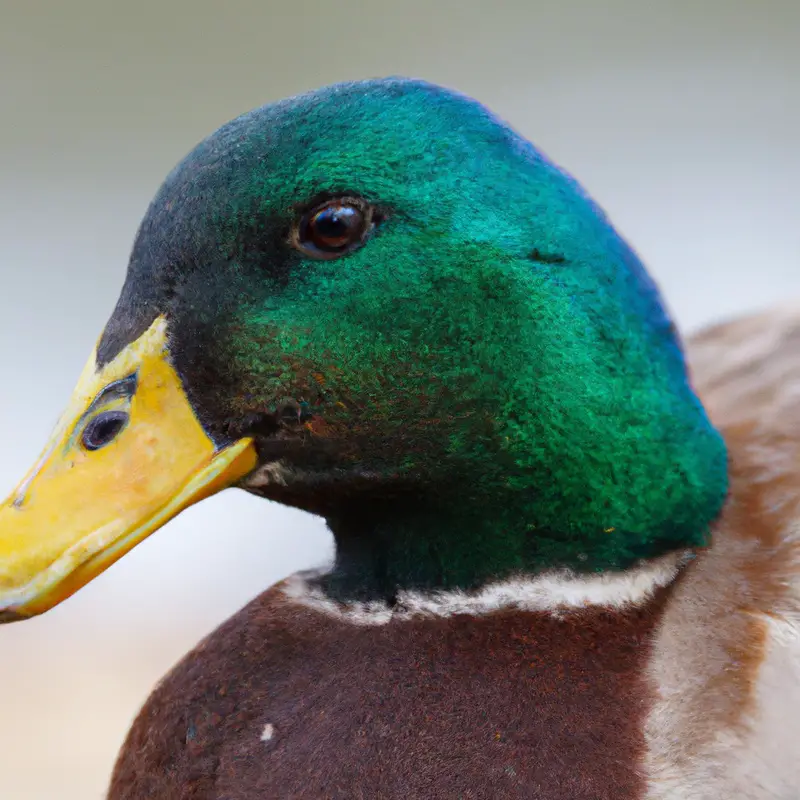
Lakes and Reservoirs
Lakes and reservoirs in Connecticut are great spots for hunting mallards.
These bodies of water provide the perfect habitat for mallard ducks, with plenty of food and shelter.
Some popular lakes for mallard hunting include Bantam Lake, Candlewood Lake, and Lake Quonnipaug.
These locations offer ample opportunities for waterfowl enthusiasts to pursue their passion.
When hunting on lakes and reservoirs, it’s important to follow local regulations and be mindful of other hunters.
Safety should always be a top priority while enjoying this thrilling activity.
Happy hunting!
Tips and Techniques for Successful Mallard Hunting
Decoy Placement and Spreads
Decoy placement and spreads are key factors for successful mallard hunting.
Here are a few tips to consider:
- Use a realistic spread: Place your decoys in a way that mimics natural behavior and grouping of mallards. This includes having a mix of drake and hen decoys, as well as positioning them in tight groups or loose clusters.
- Pay attention to wind direction: Mallards prefer landing into the wind, so set up your spread accordingly. Position the decoys in a way that creates a natural landing area facing into the wind.
- Consider adding motion: Incorporate motion decoys, such as spinning-wing decoys or water ripples, to add realism to your spread. These can attract mallards from a distance and increase their curiosity.
- Optimize hiding spots: Ensure that you and your hunting partners are well-concealed in the blind or natural cover. Mallards are wary birds, so hide strategically to prevent them from detecting your presence.
- Experiment with different setups: Mallards can be unpredictable, so don’t be afraid to try different decoy placements, spreads, and configurations. Sometimes a slight adjustment can make a big difference in attracting incoming ducks.
Remember, successful decoy placement and spreads require a combination of experience, observation, and adaptation.
Happy hunting!
Calling Techniques
Calling techniques are essential for successful mallard hunting.
Here are some tips:
- Master the Basic Hen Quack: The hen quack is the foundation of mallard calling. Practice making this simple but crucial sound to attract ducks.
- Use Feeding Calls: Incorporate feeding calls into your repertoire. These soft, rhythmic sounds mimic ducks feeding and can entice them to approach your decoys.
- Learn the Comeback Call: The comeback call is a louder, more urgent call that mimics a duck trying to locate other ducks. It can be effective in grabbing the attention of passing mallards.
- Use a Variety of Calls: Experiment with different calls, such as the greeting call, lonesome hen call, and highball call, to create a realistic and diverse soundscape that will attract mallards.
- Practice and Observe: Practice your calling techniques consistently to improve your skills. Also, pay attention to how real ducks sound in different situations, as this will help you mimic their sounds more accurately.
Remember, calling is an art that requires practice and patience.
Don’t be discouraged if you don’t get immediate results.
Keep refining your techniques and learning from your experiences in the field.
Concealment and Blinds
Concealment and blinds are essential for successful mallard hunting.
By blending in with your surroundings, you increase your chances of getting closer to the ducks without being detected.
Natural cover such as vegetation or camouflaged clothing can be used to conceal yourself.
However, using a blind is a more effective method.
A well-placed blind provides cover and allows you to stay hidden while waiting for the perfect shot.
Portable blinds that can be set up quickly are popular among hunters.
Camouflaged blinds that match the environment are the most effective.
Make sure to position your blind in a location with a clear view of the incoming ducks.
Hunting Strategies for Different Weather Conditions
When hunting mallards, it’s important to adjust your strategies based on the weather conditions.
Here are some tips for different scenarios:
- Sunny and clear: Mallards may be more cautious in these conditions, so find good cover and set up decoys in shaded areas. Use subtle calling techniques and be patient for them to approach.
- Windy: Use the wind to your advantage. Set up your decoys to face into the wind, creating a more natural appearance. Use louder and more aggressive calling to get their attention.
- Rainy and foggy: Mallards tend to be more active during these conditions. Set up your decoys near areas with cover and use moderate calling to simulate mallards feeding in the rain.
- Snowy: In these conditions, focus on areas with open water and use bright, contrasting decoys to attract the mallards. Use soft calling techniques to draw them in.
Remember, adapting your hunting strategies to the weather conditions can greatly improve your chances of a successful mallard hunt.
Stay observant and flexible!
Safety Considerations for Mallard Hunting
Identification and Non-target Species
Identifying your target species is essential in hunting mallards. Look for the characteristic green head, yellow bill, and chestnut-colored breast to correctly identify mallards.
It’s crucial to be aware of non-target species to avoid accidentally shooting them.
These might include protected species like wood ducks or teal, as well as non-game birds. Study and familiarize yourself with the appearance and behavior of non-target species found in your hunting area.
Always be sure of your target before taking the shot to ensure a safe and responsible hunting experience.
Firearms Safety and Hunter Education
Firearms safety and hunter education are essential for anyone engaging in hunting activities.
It is crucial to understand how to safely handle firearms to prevent accidents and injuries.
Hunter education courses provide valuable knowledge about firearms, hunting regulations, and ethical hunting practices.
These courses teach you how to use firearms responsibly, recognize potential dangers in the field, and make ethical decisions while hunting.
By completing hunter education and practicing firearm safety, you can ensure a safer and more enjoyable hunting experience for yourself and others.
Proper Handling and Storage of Game
Proper handling and storage of game is essential to ensure the safety and quality of the meat. Here are some important considerations:
- Field dressing: Field dress the game as soon as possible after harvesting. Remove the entrails and clean the cavity to prevent bacteria growth.
- Cooling: Cool the game quickly, preferably with ice or refrigeration, to inhibit spoilage. Avoid leaving the meat in direct sunlight or warm temperatures.
- Cleaning: Thoroughly clean the meat by removing any remaining debris, blood, and hair. This helps enhance the taste and reduces the risk of contamination.
- Packaging: Properly package the game in airtight bags or containers to prevent freezer burn and maintain freshness. Consider using vacuum-sealed bags for better preservation.
- Freezing: Freeze the game promptly to maintain its quality. Ensure the freezer temperature is set at 0°F or below and avoid overcrowding to allow for efficient freezing.
Remember, safe handling and storage practices not only ensure the enjoyment of your game meat but also prevent foodborne illnesses.
Frequently Asked Questions (FAQs)
Can non-residents hunt Mallard in Connecticut?
Yes, non-residents can hunt Mallard in Connecticut. As long as you have the appropriate hunting license and follow the state’s hunting regulations, you are allowed to hunt Mallard in Connecticut.
Remember to familiarize yourself with the specific rules and regulations that apply to non-residents, such as any additional permits or requirements.
Happy hunting!
Are electronic calls allowed for Mallard hunting?
Yes, electronic calls are allowed for Mallard hunting in Connecticut. With electronic calls, hunters can replicate the sounds of Mallard ducks to attract them for hunting.
This can be a helpful tool for increasing your chances of success in the field.
Just make sure to adhere to all other hunting regulations and obtain the necessary permits before using electronic calls. Happy hunting!
When is the best time to hunt Mallard in Connecticut?
The best time to hunt Mallard in Connecticut is during the winter months, specifically from late November to early January. During this time, the Mallard population in the state is at its peak as these ducks migrate south to escape the harsh weather in their breeding grounds.
Additionally, Connecticut’s ponds, lakes, and marshes usually freeze over during this period, making it easier to set up decoys and conceal yourself for a successful hunt.
Just remember to check your state’s hunting regulations for any specific restrictions or guidelines. Happy hunting!
What is the importance of scouting before hunting Mallard?
Scouting before hunting Mallard is essential because it allows you to locate the best feeding areas, roosting sites, and flight patterns of the ducks.
By scouting, you can identify prime hunting spots, set up decoys effectively, and increase your chances of a successful hunt.
It helps you understand the behavior and habits of Mallards, improve your knowledge of the hunting area, and adapt your strategies accordingly.
Scouting also ensures your safety by familiarizing yourself with potential hazards and knowing the layout of the land.
Final Verdict
Hunting Mallard in Connecticut is an exhilarating and rewarding experience for avid waterfowl hunters.
By understanding the hunting regulations, licensing requirements, and gear regulations, hunters can ensure compliance and a successful hunting trip.
The wetlands, rivers, and lakes of Connecticut provide excellent locations for Mallard hunting, and implementing effective decoy placement, calling techniques, and concealment strategies can greatly increase the chances of a successful hunt.
Safety considerations, such as species identification and firearms safety, are crucial for a responsible hunting experience.
By following these guidelines, hunters can have a safe and enjoyable Mallard hunting experience in Connecticut.
